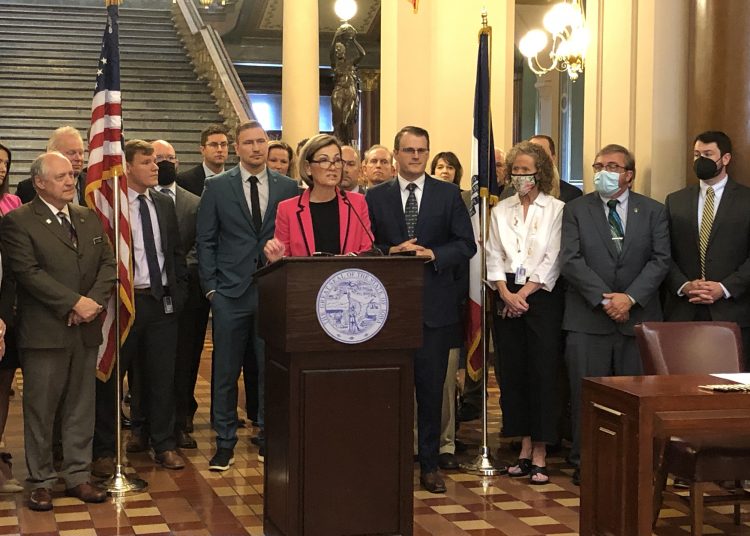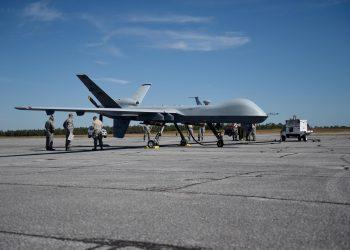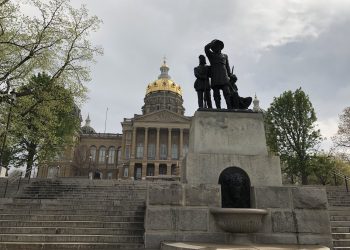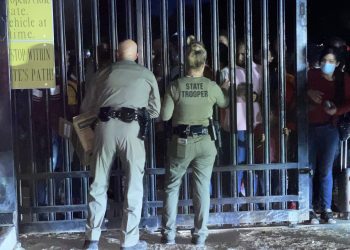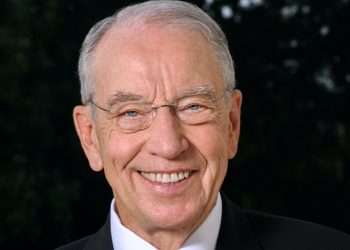(The Center Square) – The State of Iowa is inviting communities perceiving the need for broadband investment to speak up.
Gov. Kim Reynolds and the Department of Management’s Office of the Chief Information Officer announced Thursday that communities can propose areas across the state that the office should prioritize in the next Empower Rural Iowa broadband grant opportunity.
Those areas will become Broadband Intervention Zones. Providers who apply for grant funds to provide service within the zones may receive additional incentives and priority for funding.
“This is a first of its kind program and it relies directly on Iowa communities to inform the state where opportunities exist to expand broadband access,” Reynolds said in a news release. “Empowering local communities will help lay the foundation for future success and access to broadband statewide.”
Since 2018, the OCIO’s managed the grant program to boost broadband expansion in underserved areas of Iowa. The state has spent $352.9 million in state and federal funding through seven grant opportunities to bring broadband service to 109,126 homes, schools and businesses in Iowa. The total new broadband investment between public and private money is $791.2 million.
Previous OCIO broadband funding opportunities allowed broadband service provides to tell the state where they wanted to build, the department said. This time, local governments, school districts, consortia of political subdivisions, non-profit organizations representing communities and regional entities with an economic development or educational mission will apply.
Applicants will identify the geographic area they’re most concerned about with a mapping tool OCIO will make available Feb. 15. The Geographic Area of Concern will include addresses within that area that are eligible for broadband buildout.
Applicants may also explain to the state what community support is available, what community capital the community will offer, any barriers to installation that demonstrate why grant funding is crucial and how the buildout would improve work, education and health monitoring.
According to the Invitation to Qualify, the state will rank applications based on a Broadband Readiness Score comprised of seven factors: eligible service locations; geographic diversity; community characteristics; work, education and health monitoring; community support; community broadband capital; and barriers to broadband infrastructure installation.
Nearly half of the score relies on two factors, with each weighted at 24.14%: eligible service locations and community broadband capital.
Communities must identify the number of unserved and underserved locations. The number of unserved locations in the geographic area of concern will lend 75% of the points for the eligible service locations factor. The community broadband capital factor considers contributions, such as matching funds or access to community-owned infrastructure, that communities could offer communication service providers.
The office can reject applicants for 18 reasons, which include presenting a Geographic Area of Concern that’s greater than 200 square miles or that’s designed in a manner that’s not reasonably conducive to buildout. Disqualifying factors also include absence of eligible service locations, provision of misleading or inaccurate answers, limits on the office’s rights and unauthorized initiation of contact with an office employee or independent contractor.



